Our body is a storehouse of interesting processes. Who would have known that a lot of interesting and entertaining facts can be collected about such a substance as earwax. Firstly, it performs an extremely important function by protecting our ears. And yet, it can even be used to determine your stress level. Let's find out a few more interesting facts. 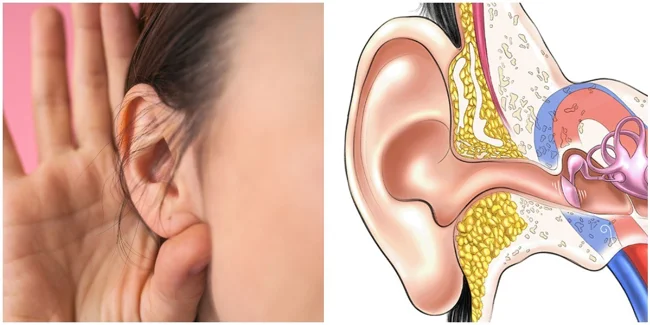
1. Whale earwax can tell their stress levels 
The earwax of whales can be used to determine their age, psychology, and even stress levels. Whales, like humans and other mammals, produce earwax. They accumulate it over the years, and the sulfur plug can be 25 cm in length. From it, like from the rings on a tree, you can determine a lot. The level of stress is determined by the level of the hormone cortisol during a certain period. For example, according to scientists at Baylor University in Texas, whales experienced severe anxiety around the early 1940s, when World War II began.
During stressful periods in history, whales produce the hormone cortisol in large quantities. In addition to the 1940s, severe stress on whales was also observed in the 1920s, 1930s and 1960s, when whaling was at its height. By the mid-1970s, whaling in the Northern Hemisphere had virtually ceased - so cortisol levels in whales were low. But in recent years, its level has begun to rise again - according to scientists, this may be due to rising sea temperatures.
2. Coughing when cleaning your ears is normal. 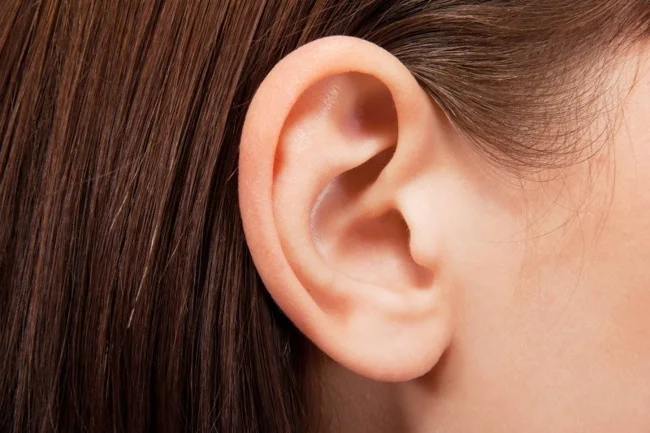
Have you ever coughed while cleaning your ears with a cotton swab? Then you are not alone, and this is the absolute norm. The fact is that the skin of the external auditory canal is connected to the auricular branch of the vagus nerve. When irritated, this nerve causes a cough reflex. Studies have shown that this reflex (Arnold's reflex) is observed in approximately 2-4% of people. However, sometimes they may develop a chronic cough due to the accumulation of earwax or the impact of hearing aids on the nerve.
3. Ear plugs may cause “double hearing” or diplacusia. 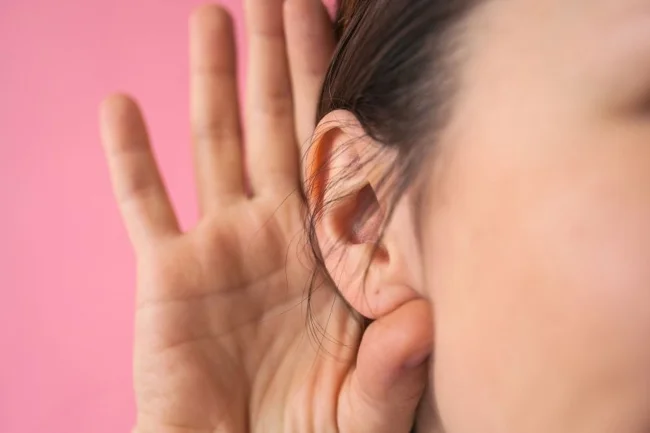
Dyplacusia is an abnormality of sound perception in which one sound has a different pitch in the right and left ears and is heard differently. For some, this anomaly goes away, while for others it remains forever. This can happen for a variety of reasons, from injury, infection and hearing problems caused by loud noise to earwax. Fortunately, when wax builds up, the abnormality usually goes away on its own if the plug is safely removed.
4. The Ancient Japanese Had Orange Earwax 
In 2019, scientists discovered parts of the skull of a woman in the Funadomari region of Japan who is believed to have lived about 3,500 to 3,800 years ago. She was from a people called the Jomon, who then lived in this territory. They had dark skin, brown eyes and curly hair, and were also able to digest foods high in fat and had a high tolerance for alcohol. Additionally, their earwax was orange in color. This fact surprised experts, since such sulfur is usually found in people of African or European origin.
5. The yucca plant can injure the ears. As well as improper cleaning with cotton swabs 
It may sound absurd, but from 2012 to 2017, at least 28 people suffered ear canal damage from yucca leaves. Articles with these studies were even published by the journal Clinical Otolaryngology. Some were lucky enough to escape with just a scratch, while others suffered from a ruptured eardrum. Experts also draw a parallel between such cases and injuries resulting from improperly cleaning earwax with cotton swabs. If used carelessly, cotton swabs can damage the eardrum.
6. Cockroaches don't mind eating earwax. 
Earwax is rich in keratin, fatty acids and dead skin cells - and it turns out to be a nutritious treat for cockroaches. 25-year-old US resident Blake Collins said in 2018 that while he was sleeping, a cockroach crawled into his ear. Fortunately, doctors managed to kill the cockroach with lidocaine and pull it out - along with the eggs that it managed to lay in the guy's ear. Good night!
7. Wax buildup can cause tinnitus. 
Ringing in the ears (tinnitus) affects approximately 10-15% of the population, and is often caused by loud noises, ear injuries and, of course, earwax. In 2020, Irish company Neuromod Devices came up with a new treatment for tinnitus: placing a device in the patient's mouth that buzzes and affects the trigeminal nerve in their tongue, eliminating tinnitus. In a study of 326 people, 86% of patients had reduced symptoms after 12 weeks of treatment.
8. Earwax can be used to determine the level of drugs in the body. 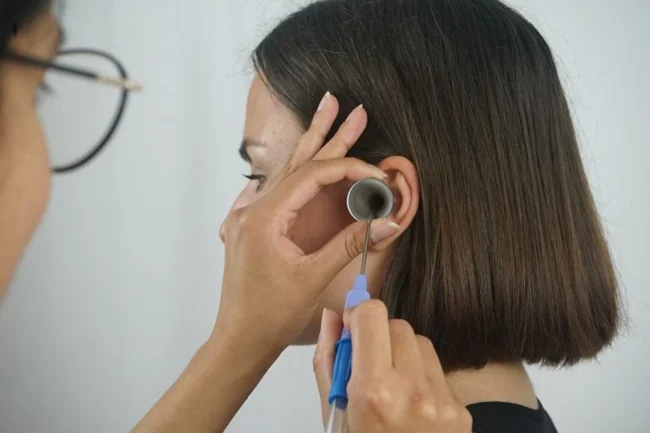
Researchers from Brazil believe that earwax can be used to determine the percentage of drugs in a person's body. Forensic experts, for example, typically conduct drug tests using blood and urine samples. However, some drugs have a short half-life and can be detected in earwax. Substances such as alcohol, cocaine and amphetamines are found in higher concentrations in earwax. This theory was tested by South American scientists: they tested 17 people who were taking antiepileptic and antipsychotic drugs. Many of the drugs were found in large quantities in earwax samples.
9. Earwax is used to determine a person’s cortisol level. 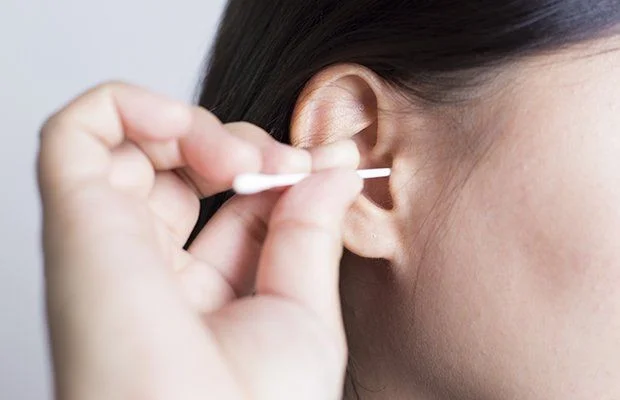
The level of cortisol (stress hormone) can be determined by earwax not only in whales, but also in humans. Researchers at University College London have created a device that quickly measures how much stress a person is experiencing by analyzing earwax. This method of determining hormone levels can help make medical diagnoses. According to experts, traditional cortisol testing is not always accurate, but cortisol levels in earwax are more stable.
10. Earwax is used to make jewelry 
British designer Amanda Cotton makes jewelry from a variety of natural materials. Natural in the literal sense - for example, she made one of the necklaces from her own earwax. The artist collected her earwax for eight months, and then made pendants from it, and made a “chain” from her hair.
0 comments
